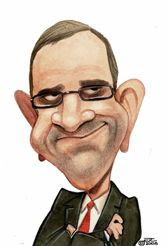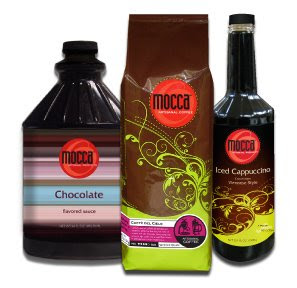Finding Safety Goggles and Binoculars Related, TTAB Affirms 2(d) Refusal of "SEAHAWK"
Third-party registrations and website evidence convinced the Board that Applicant's safety eyewear and goggles are related to binoculars for Section 2(d) purposes, leading to an affirmance of the PTO's refusal to register the mark SEAHAWK for the former in view of the identical mark registered for the latter. In re Cabot Safety Intermediate Corporation, Serial No. 78903884 (January 12, 2009) [not precedential].

Because the marks are identical, the Board found that the first du Pont factor weighed "heavily in favor of a finding of likelihood of confusion." The real focus of the Board's attention was, of course, the relatedness of the goods.
Examining Attorney Michael A. Wiener submitted more that a dozen third-party registrations that included both binoculars and safety goggles or protective eyewear. Following In re Albert Trostel & Sons Co., 29 USPQ2d 1783 (TTAB 1993) the Board ruled that these registrations "serve to suggest that the goods are of a type which may emanate from a single source." In addition, Mr. Wiener submitted evidence of "websites that offer for sale both binoculars and safety goggles in close proximity," and evidence of "third-party manufacturers of binoculars and safety goggles, who use the same mark on both." The Board found the PTO's evidence "highly probative that the goods listed in the application and the cited registration are related."
Applicant Cabot Safety feebly asserted that its custumers "are sophisticated" and would recognize the differences in the marks as used. It contended that "employers who may be required by law to provide protective eyewear ... would be presumed to exercise a higher degree of care in their purchase than would ordinary consumers." But the Board saw things differently:
... the applicable standard of care is that of the least sophisticated consumer. Alfacell Corp. v. Anticancer, Inc., 71 USPQ2d 1301, 1306 (TTAB 2004). The record shows binoculars being offered for sale for as little as $19.93, and protective eyewear being offered at $9.69. Moreover, with identical marks and related goods, even a careful, sophisticated consumer of optical devices is not likely to note the difference of source. Cunningham v. Laser Golf Corp., 222 F.3d 943, 948-949 (Fed. Cir. 2000). Accordingly, the fourth du Pont factor weighs in favor of finding a likelihood of confusion.
Balancing the relevant du Pont factors, the Board found confusion likely and therefore affirmed the refusal to register.
Text Copyright John L. Welch 2009.










































